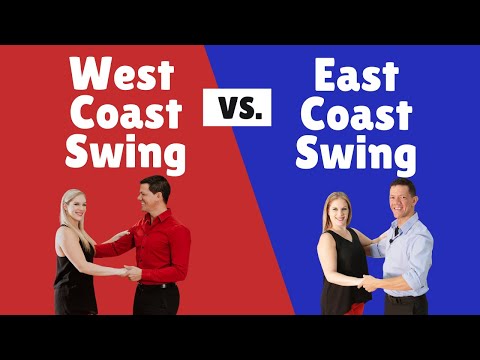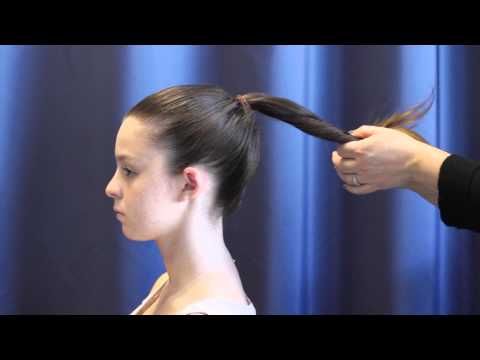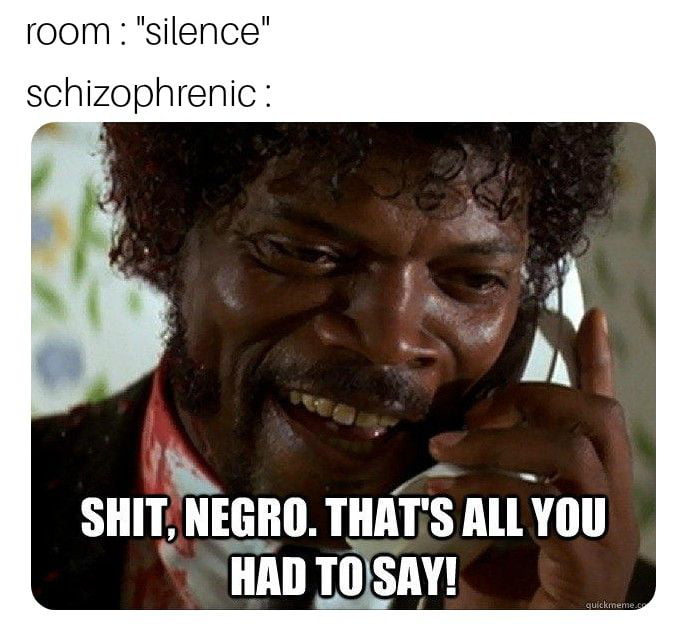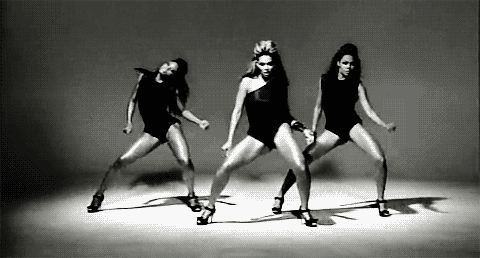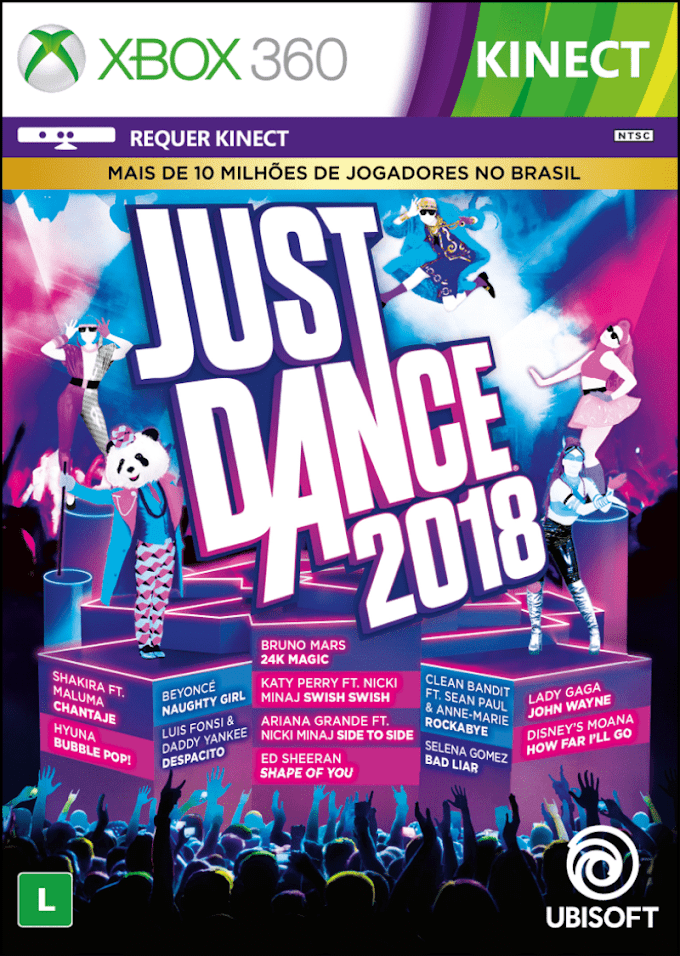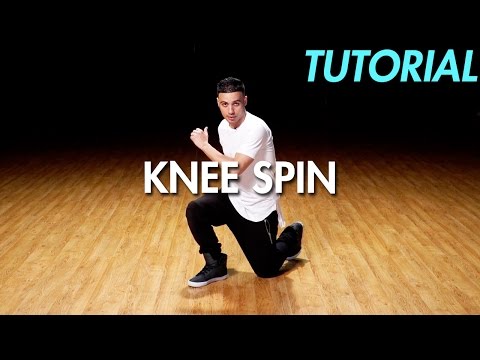How to east coast swing dance for beginners
East Coast Swing Dance Moves for Beginners
East Coast Swing Dance
East Coast Swing is a popular universal dance that’s very beginner friendly. You can east coast swing dance to a wide range of music and music tempos making it a popular dance for new dancers. It’s seen everywhere from ballroom dance studios to country dance halls across the world.
There are many types of swing dancing. Swing dancing has its roots in Lindy Hop but you might be familiar with terms like Jitterbug, Charleston, West Coast Swing, Shag and of course East Coast Swing. They are all slightly different forms of swing rooted in swing style of Jazz and they all track back to the Lindy Hop.
East Coast Swing is probably the most common form of swing done in america today. You’ll see in on social and competition dance floors across the country. In this post we will focus on learning the east coast swing basics. Make sure you wear some comfortable dance shoes, and be patient. Ready to start learning? Let’s get started!
East Coast Swing Basic Steps
The east coast swing basic steps are easy to learn. Each basic has 6 count of music and is comprised of a rock step and two triple steps. Now the triple step might be tricky to master but below is a video we did that will show you all the basic patterns you need to learn as a beginner!
Leaders steps start with left foot
Rock step – Step back with left and replace on right.
Triple step to left – Side, close, side (left, right, left)
Trip step to right – Side, close, side (right, left, right)
Followers steps start with the right foot:
Rock step – Step back with right and replace on left.
Triple step to right – Side, close, side (right, left, right)
Triple step to left – Side, close, side (left, right, left)
East Coast Swing Timing
The timing for East Coast Swing is pretty straight forward for beginners. We describe it in this video in detail. Wiki has a nice entry showing the ECS timing if you wanna see things written out or better yet look at our description below.
We describe it in this video in detail. Wiki has a nice entry showing the ECS timing if you wanna see things written out or better yet look at our description below.
Leaders Timing:
- 1&2: Triple step (chasse) to the left (left-right-left)
- 3&4: Triple step to the right (right-left-right)
- 5: Step backward with your left foot
- 6: Weight shifts to your right foot
Followers Timing:
- 1&2: Triple step (chasse) to the right (right-left-right)
- 3&4: Triple step to the left (left-right-left)
- 5: Step backward with your right foot
- 6: Weight shifts to your left foot
East Coast Swing Beginner Moves
After learning the basics you might wonder which west coast swing moves you should learn next. Don’t worry we’ve got you covered.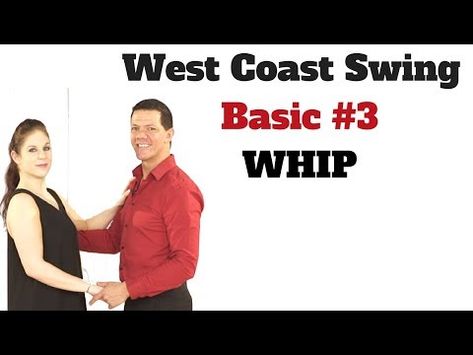 Inside you’ll learn the Cuddle, Hammerlock and the Shoulder Check for East Coast Swing. These beginner moves are based on the basic steps you already know. Win!
Inside you’ll learn the Cuddle, Hammerlock and the Shoulder Check for East Coast Swing. These beginner moves are based on the basic steps you already know. Win!
East Coast Swing Dance Steps
Now that you’ve mastered the basics and you’ve learned some beginner moves you might wonder is that all? Well there are lots of different dance steps to learn for ECS based off of the beginner patterns you already know. You’ve already put in the hard work mastering the basics. Now it’s time to head on over to our video vault where you can learn lots of fun east coast swing dance steps. We’ve laid everything out for you step by step so as you’re confidence and skills improve, you’ll have the perfect moves to learn!
East Coast Swing Music
So you’re loving you new ECS moves. You might be practicing at home or even better you might be social dancing at a wedding, dance studio, cruise or even in the park! The next question that might pop up is what types of music can you dance to? We’ve compiled a really helpful list of east coast swing music for you to practice to. You can even download a clickable list of song choices and play them right from youtube. Perfect right?
You can even download a clickable list of song choices and play them right from youtube. Perfect right?
Other Types of Swing Dance
As we said at the top of this post there are lots of different types of swing dancing. East Coast Swing, Lindy Hop, Balboa, Hand Dancing, Shag, West Coast Swing, Jitterbug, Jive and more. One of the questions we often get is what is the difference between East Coast Swing vs West Coast Swing. We’ve covered all the answers you need in several articles and videos! You can learn the basics of west coast swing too!
What’s Next?
You love dancing – we love making it easy! We’ve created an amazing resource for dancers of all styles. Inside you’ll find videos on different types of dancing! It’s like Netflix for Social Dancers. Head on over and check out the amazing patterns and techniques that will help take your dancing to the next level!
Powered by Convert Plus
Powered by Convert Plus
Powered by Convert Plus
Powered by Convert Plus
Powered by Convert Plus
Powered by Convert Plus
Powered by Convert Plus
Powered by Convert Plus
Powered by Convert Plus
Powered by Convert Plus
Powered by Convert Plus
200+ FREE Resources
to Improve your dancing
A guide to our best Free Resources:
Musicality, Spins & Turns, Footwork, Practice tips, Beginners, Connection, Anchor Steps, more. ..
..
Get the e-book now!
Made with by Brian B at west coast swing online
Powered by Convert Plus
Powered by Convert Plus
East Coast Swing Dance Moves For Beginners
Learn East Coast Swing dance moves with our detailed video below. We will show you how to do 2 of the most basic east coast swing dance steps. The basic step consists of a rock step and then 2 triple steps for both men and women.
The best thing about east coast swing is that how many songs it can fit. It’s 4/4 musical structure makes it fit almost any genre!
East Coast Swing Basic Steps:
Summary of the Swing dance moves
Men:
Starting with left foot
Rock step – Step back with left and replace on right.
Triple step to left – Side, close, side (left, right, left)
Trip step to right – Side, close, side (right, left, right)
Women:
Starting with right foot
Rock step – Step back with right and replace on left.
Triple step to right – Side, close, side (right, left, right)
Triple step to left – Side, close, side (left, right, left)
Technique:
You want to keep the knees working throughout the dance by bending and straightening them. At the end of every triple step you should arrive on a bend leg, with a pendulum action of the hip, and then as you straighten your knee, you prepare yourself to triple step to the other direction.
What is the East Coast Swing Anyway? History & Character
This dance was originated from the lindy hop and it’s main characteristic is the “triple steps” and “rock steps” used through out the moves. This dance incorporates lots of turns, spins and fun hair loops. It can be dances to slow or fast music. Some of the popular songs today fit the Swing including “Cooler than you” by Mike Posner, and the classic tune “Baby Workout” by Jackie Wilson. Please keep in mind that the East coast swing is different than West coast swing.
Some of the popular songs today fit the Swing including “Cooler than you” by Mike Posner, and the classic tune “Baby Workout” by Jackie Wilson. Please keep in mind that the East coast swing is different than West coast swing.
How to count the Swing
To keep it very simple, you can count the east coast swing just like I did in the video above “rock step, triple step, triple step”. With numbers you can count “1,2”, “3 a 4”, “3 a 4”. As you can see the triple step is done over 2 counts only, and therefore it’s faster than the rock step (which are full beats). The beat value for the steps would be: 1, 1, 1/2 ,1/2 , 1 – 1/2, 1/2, 1.
Want More Dance Lessons?
We offer a membership that includes access to 250+ Ballroom and Latin dance videos online. Including American & International style videos.
Membership Info & Registration
Related:
More Swing dance lessons
Get More Dance Lessons:
How To Cha Cha Dance
How To Rumba Dance
How To Waltz Dance
Salsa Basic Steps
How To Dance Bachata
How To Dance At A Wedding
What did you think? Leave a comment below!
Jive - syncopation of the African soul, ranked in the top five Latin American dances
Jive - syncopation of the African soul, ranked in the top five Latin American dances
She took with her the restrained traditions of the second half of the 19th century. Incendiary, energetic, sometimes frank dances of the lower strata of the population quickly replaced the sedentary compositions performed by the elite in bulky clothes. Emotional swing dance captured everyone, became a means of self-expression, its varieties remain relevant to this day.
Incendiary, energetic, sometimes frank dances of the lower strata of the population quickly replaced the sedentary compositions performed by the elite in bulky clothes. Emotional swing dance captured everyone, became a means of self-expression, its varieties remain relevant to this day.
What is jive
African American Latin dance. The systematized style appeared in the United States in the 1930s as a freestyle variation of the jitterbug (fast dance with sharp movements to jazz music). The main pa is a combination:
- a step back with a return;
- fast syncopated chasse - triple step, performed for 2 measures;
- the foot is always placed from the toe.
Jive is one of the five international Latin American dances. At competitions, it is danced at a speed of 176 beats per minute, sometimes reducing the number to 128-160 steps (beats). Size 4/4.
The dance has many similarities with US Atlantic Coast Swing. The main difference is the heavily syncopated chasse rhythm.
The main difference is the heavily syncopated chasse rhythm.
Jive is distinguished in the style:
- relaxed gait (swing style), which is characterized by natural movements, a large amplitude of hip turn;
- jumping style jumping ankles.
Popular melodies
“Jumpin 'Jive” (also known as “HEP-HEP!) The Jumpin' Jive”)-well-known jazz-swing composition written by Cabbi Kalloeue (Cab Calloway), Frank Froeba and Jack Palmer in July 1939. Over a million copies have been sold. Calloway performed it with the orchestra and dance duo of the Nicholas Brothers in the film musical 19'43 "Stormy Weather"
"Jumpin' Jive" (listen)
"Don't Stop Me Now" is the song "Queen" from the 1979 album Jazz, written by lead singer Freddie Mercury. To this music, Yulia Zagoruychenko and Ricardo Cocchi danced jive at competitions, they still dance at performances.
"Don't Stop Me Now" (listen)
"Hit The Road Jack" - written by Percy Mayfield, song performed by Ray Charles and Marjorie Hendrix at 1961. The plot is built in the form of a dialogue. A woman drives a man out of the house because he cannot support her. The man convinces her that he will fix everything, that she is too suspicious. The composition has become a cult for sporting events in the United States. It often sounds when players are sent off the field, as well as in the last minutes of the game, when the victory of the hosts is obvious.
The plot is built in the form of a dialogue. A woman drives a man out of the house because he cannot support her. The man convinces her that he will fix everything, that she is too suspicious. The composition has become a cult for sporting events in the United States. It often sounds when players are sent off the field, as well as in the last minutes of the game, when the victory of the hosts is obvious.
"Hit The Road Jack" (listen)
History
The exact origin of the word "Jive" is unknown. Consonant concepts were in colloquial English and the languages of the South African peoples, in any case, the word had a negative emotional connotation, it could mean “mockery”, “causticity”, “deceit”, “negligence”.
The first mention of jiva goes back to the 19th century. The dance was popular with African Americans and Indians in Florida. Cultural experts suggest that the jive was brought from Africa.
Without mentioning swing it is impossible to give a complete picture of jive.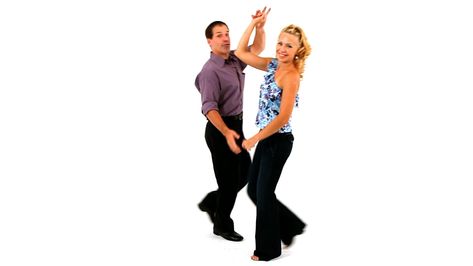 Swing is the historical context in which jive developed; this is the field from which a structured, highly technical dance has grown, awarded a place in the top five international Latin American dances.
Swing is the historical context in which jive developed; this is the field from which a structured, highly technical dance has grown, awarded a place in the top five international Latin American dances.
In music, the term "swing" is used in two main contexts. In colloquial speech, they describe the feeling of rhythmic forward movement that appears as a result of musical dialogue, interaction between performers, especially when the music causes an "intuitive response", such as a foot placed on a partner's leg or a head on his shoulder. The term is also used to refer to a technique that involves the alternating use of long and short sounds in rhythm, usually associated with jazz, used in other styles.
Swing is hard to define. This is the most talked about word in jazz. When asked for a definition, jazz artist Cootie Williams joked, “His definition? I'd rather take up Einstein's theory!"
When Louis Armstrong was asked what swing was, he said: “Ah, swing, we called it syncopation, then it was called ragtime, then blues, then jazz. Now it's swing. Haha! White people, what can I say - chaos reigns in everything.
Now it's swing. Haha! White people, what can I say - chaos reigns in everything.
Why so many variations on the theme of syncopated chassé?
Most likely, from the great popularity among the masses, wide geography and the absence of the Internet in the first half of the 20th century. The phenomenon is similar to the spread of languages such as English and Spanish. They are spoken by most of the planet, but each individual Spanish or English speaking country has its own dialect.
What did those who had a lot of jazz in their blood dance? Lindy Hop, Jitterbug, US East and West Coast Swing, Boogie Woogie, Jive. Later, at 19In the 50s, a rhythmic choreographic heir appeared, performed by couples, a group of girls or several couples, often with elements of acrobatics - rock and roll.
The Lindy Hop is an American dance that originated in New York Harlem in 1928. According to one version, the dance owes its name to Charles Lindbergh, an aviator who first flew over the Atlantic alone in May 1927. He was called "Lucky Lindy, who hopped the Atlantic" - in English "Lucky Lindy, who hopped the Atlantic". A wordplay in the headlines of the press created the phrase "Lindy Hop", which became associated with dance. Lindy Hop was especially popular in the late 1930s - early 1940s. It incorporated many dances that preceded it or were popular during its development, but it is most often described as a jazz dance, a variation of swing. Lindy Hop was never standardized and later became the inspiration for several other forms such as boogie-woogie, jive, US East and West Coast swing, and rock and roll.
He was called "Lucky Lindy, who hopped the Atlantic" - in English "Lucky Lindy, who hopped the Atlantic". A wordplay in the headlines of the press created the phrase "Lindy Hop", which became associated with dance. Lindy Hop was especially popular in the late 1930s - early 1940s. It incorporated many dances that preceded it or were popular during its development, but it is most often described as a jazz dance, a variation of swing. Lindy Hop was never standardized and later became the inspiration for several other forms such as boogie-woogie, jive, US East and West Coast swing, and rock and roll.
Jitterbug literally translated from English means “trembling bug”, usually used as an emotionally colored word in the meanings of “crazy”, “alarmist”, “lover of swing music”. Cab Calloway song 1934 years "Call of the Jitterbug" and the movie "Cab Calloway's Jitterbug Party" popularized the use of the word "jitterbug".
East Coast Swing appeared in dance studios in the 1940s based on Lindy Hop. Dancehalls considered the Lindy Hop too complex and unstructured to be taught to beginners, but there was a high market demand for swing dance instruction. East Coast Swing has different names in different regions of the United States and around the world. It was called "Eastern Swing", "Jitterbug", "American Swing", "East Coast Lindy", "Lindy", "Triple Swing" ... Oh, if there was an Internet, how much the history of dance would lose! East Coast Swing is a form of social couple dance. It is danced to fast swing music, including rock and roll and boogie-woogie. The west coast swing is more elastic than the east coast swing.
Dancehalls considered the Lindy Hop too complex and unstructured to be taught to beginners, but there was a high market demand for swing dance instruction. East Coast Swing has different names in different regions of the United States and around the world. It was called "Eastern Swing", "Jitterbug", "American Swing", "East Coast Lindy", "Lindy", "Triple Swing" ... Oh, if there was an Internet, how much the history of dance would lose! East Coast Swing is a form of social couple dance. It is danced to fast swing music, including rock and roll and boogie-woogie. The west coast swing is more elastic than the east coast swing.
Around 1940, American soldiers brought the jitterbug to Europe, where the dance quickly found a following among young people. In the UK, the name of the dance "jive" has taken root. Variations in technique gave rise to such styles as boogie-woogie and swing-boogie, which gradually acquired in the UK a common meaning with jive.
Boogie-woogie is an emotional pair dance that borrows many elements from lindy hop and jitterbug. It is characterized by numerous improvisations. After the war, boogie became the dominant form of popular music. However, this did not stop the constant criticism of the dance as rude. Celebrity ballroom dancer Alex Moore said he "had never seen anything uglier."
It is characterized by numerous improvisations. After the war, boogie became the dominant form of popular music. However, this did not stop the constant criticism of the dance as rude. Celebrity ballroom dancer Alex Moore said he "had never seen anything uglier."
By 1968, the theoretical foundations of jive had been brought to a level that made it possible to compete in technique at a professional level. It was then that the dance was accepted as the fifth Latin American dance.
Ballroom jive has been danced in its modern form since the 1990s. It's a happy groovy dance, with frequent knee raises, knee bends, hip swings at 44 beats per minute, requiring dancers up to 176 steps per minute.
Interesting facts
- Jive was actively developed after the abolition of slavery in the USA (1865), soon the first competition among former Africans took place, the main prize at the competition was a pie.
- Swing music performers in the 1930s and 1940s considered "Jive" an expression meaning "superficial absurd talk".

- Lyrics from "The Call of the Jitterbug" (1934) unequivocally demonstrate the association between the word "jitterbug" and alcohol
- Dance critic John Martin of The New York Times wrote: “…White jitterbug often looks rough…but African American original (implying jive) is a different story. His movements are never exaggerated enough to get out of control, they have an obvious nobility in performing the most rough figures ... a large amount of improvisation ... interspersed with Lindy Hop figures. Of all the ballroom dances my prying eyes have seen, this one is undeniably the most exquisite.”
- Among the musical compositions to which jive is danced, a large number belongs to jazz.
Famous performers
Jive developed in an evolutionary way, its role as a hobby has always prevailed over the commercial component. The dance did not have worldwide advertising campaigns. Outstanding jive dancers are known in relatively narrow circles. But their talent is not inferior to the biggest names.
But their talent is not inferior to the biggest names.
Walter William Laird He lived in the UK, was actively involved in the development of Latin American dances, including jive. He has been a coach of numerous world championship-winning dancers. Until the age of 80, he worked in the Ballroom Dance Federation, for some time as its president.
Donnie Burns and Gaynor Fairweather Donnie Burns and Gaynor Fairweather ) - 14-time World Champions in Latin American dances, each has the Order of the British Empire. Donnie's virtuoso performances ensured him not only numerous victories, but also getting into the Guinness Book of Records. He now leads the World Dance Council.
Yulia Yulia Zagoruychenko is a multiple winner of world competitions in Latin American dances. He is of Russian origin, lives in New York, performs with her husband Ricardo Cocchi for the United States. Their jive for 7 years on youtube gained about 260 thousand views.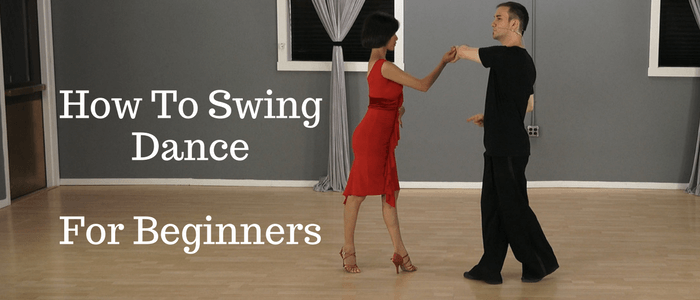
The professional community clearly regulated the movements of Jive , it became the pinnacle of Latin American dance competitions. At the same time, its high popularity as a social one remains. The amateur style of performance allows for many free interpretations. There are numerous instructional videos on youtube, and below them there are heated discussions about where the thin line is between jive and US East Coast swing. There is no consensus to this day.
Like this page? Share with friends:
Jive
Ballroom dance styles list and directions • TourSeaguLL
Sports expert
There are so many different styles in the world of modern ballroom dancing that not everyone has an idea of how many there really are and how they differ.
Let's start with the fact that the competitive program is divided into Latin American and European. All ballroom dances are paired, this is a common characteristic for any style.
If you want to learn how to dance ballroom dancing, you can start even as an adult. Ballroom dance schools offer training for all levels of training, for adults and children in various styles, which we will discuss in more detail below.
Contents
- 1 International Style
- 2 American style
- 3 Non-traditional ballroom dancing
International style
International ballroom dancing is divided into two groups: Latin American and European competitive program.
| Latin American Ballroom Dance Program | ||
|---|---|---|
| 1. | Cha Cha Cha | One of the most dynamic dances with lots of quick footwork and jerky movements. |
| 2. | Samba | A partner dance that mimics the feeling of a Brazilian "carnival".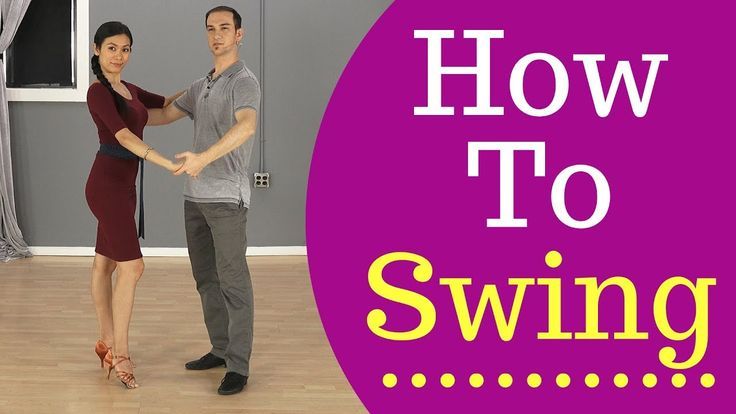 Characterized by "springy" movements, active work of the hips. A dance that originated in Brazil. It was distributed by ten people who danced it at Brazilian carnivals. Today, samba is danced everywhere: both at international competitions and on modest dance floors. Characterized by "springy" movements, active work of the hips. A dance that originated in Brazil. It was distributed by ten people who danced it at Brazilian carnivals. Today, samba is danced everywhere: both at international competitions and on modest dance floors. |
| 3. | Rumba | The slowest dance in the International Latin style. Deep emotions, wide steps and smooth movements. very emotional ballroom dance. This is just a mixture of feelings and emotions that will not leave anyone indifferent from the audience. |
| 4. | Paso Doble | Bright dance originating from Spain. Very dramatic and character-building: a man and a woman constantly challenge each other. Emotional tension, passion and expressive positions. A dance that tells about the struggle in all spheres of life: love, life, work, and also personifies the confrontation of the individual. The Spanish origin is reflected in the aggression and emotionality of this dance. |
| 5. | Jive | Rhythmic, fast and incendiary dance. The idea is to show individuality, charge the audience with emotions and positive. Dance for prepared couples. A striking difference from other areas is the presence of sharp elements of choreography. |
| European Ballroom Dance Program (Standard) | ||
|---|---|---|
| 1. | Waltz | Very graceful in movement and character. There is a "rise and fall" (up and down) technique used on figures. |
| 2. | Foxtrot | A smooth dance in which both partners glide smoothly across the dance floor, as if floating in the air. weightless dance. Its feature is the ease of steps. It is in this dance that the couple becomes one. He appeared in America in 1912. This dance reached its peak of popularity after the end of World War II. |
| 3. | Tango | International Tango has many fast, dramatic movements and forms. Dancers walk in staccato technique. Dancers walk in staccato technique. |
| 4. | Viennese Waltz | The waltz has a faster tempo. This is a swift, but elegant and graceful whirling. |
| 5. | Quickstep | The fastest dance in this style. Jumps, jumps and sharp turns are characteristic. |
American Style
This style is mainly danced in the United States, but has recently gained popularity in other parts of the world. Now it is known as a competitive form of dance. His main goal was to make social dance easy to understand. The American style of ballroom dancing is divided into two more subgroups: American Rhythm (Rumba, Cha-cha-cha, East Coast Swing, Bolero, Mambo) and American Smoothies (Waltz, Foxtrot, Tango, Viennese Waltz).
| American Rhythm | ||
|---|---|---|
| 1. | Cha-cha-cha | Cheerful and daring dance with an emphasis on quick and concise movements of the legs and feet. Incendiary Cuban dance. The name comes from the sound that occurs when you touch the floor while dancing. Incendiary Cuban dance. The name comes from the sound that occurs when you touch the floor while dancing. |
| 2. | Rumba | A dance imbued with passion and flirtation. Characterized by sensual movements to slow romantic music. Very emotional ballroom dance. This is just a mixture of feelings and emotions that will not leave anyone indifferent from the audience. |
| 3. | Swing (East Coast) | This dance is very energetic, with lots of twists and turns for both partners. |
| 4. | Mambo | Fast dance, with lots of body exercises and Latin American accents. |
| 5. | Bolero | The slowest rhythm dance. This is a Spanish dance, which is characterized by graceful movements, ups and downs, a large number of figures. |
| American Smoothies | ||
|---|---|---|
1.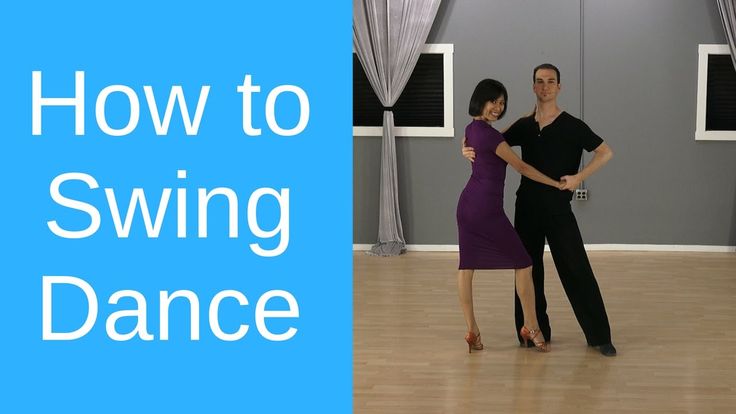 | Waltz | slow, graceful and noble dance. His main technique is rise and fall, rhythm: "one-two-three, one-two-three ...". Anyone can learn to dance this dance. It is danced at discos, and at graduations, and at balls. Almost every composer has a wonderful waltz melody that everyone knows |
| 2. | Viennese waltz | faster waltz with continuous floor turn |
| 3. | Foxtrot | has a smooth gliding feel on the floor with various combinations of fast and slow foot movements |
| 4. | Tango | is a very dramatic dance with lots of jerky movements and mostly with bent knees all the time. Very varied and passionate dance. It is based on the ancient movements of the inhabitants of Africa. He came to Europe with touring artists. The first time he was danced in Paris, and then he went around the world |
Non-traditional ballroom dancing
These styles are mainly danced in Latin nightclubs to Latin American music. These are social dances meant for fun and communication.
These are social dances meant for fun and communication.
| Basic Latin Club Dances | ||
|---|---|---|
| 1. | Salsa | One of the hottest Latin dances with lots of underarm melodies, hip movement and style. |
| 2. | Merengue | One of the easiest and most fun dances to learn. Merengue music has very strong rhythms that tell the dancers to switch weight from foot to foot in that rhythm. |
| 3. | Bachata | Lots of hip and body movement that emphasizes sensual Latin dance music. |
| 4. | Cha Cha (Club Style) | Dancers keep the rhythm of step, step, cha, cha, sha as they lead and follow in different movements and turns. |
| 5. | Kizomba | This dance has gained popularity in recent years and is now danced all over the world. His character is a mixture of Argentine tango and salsa, is of African origin |
